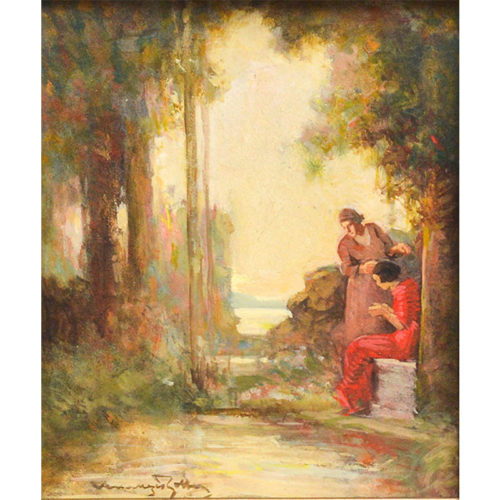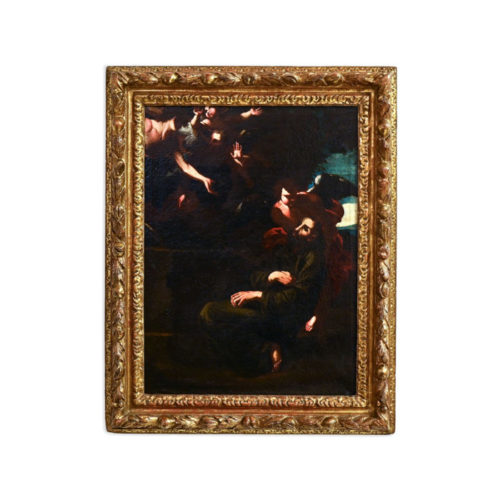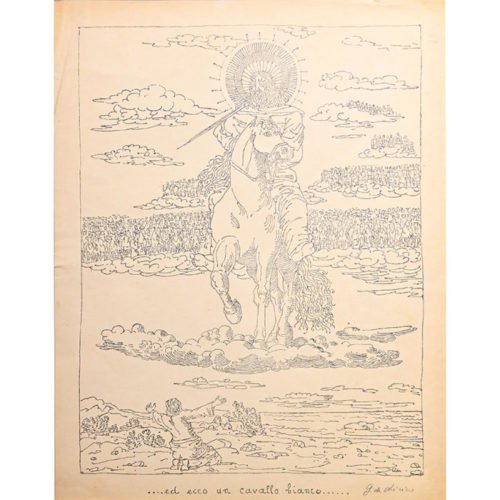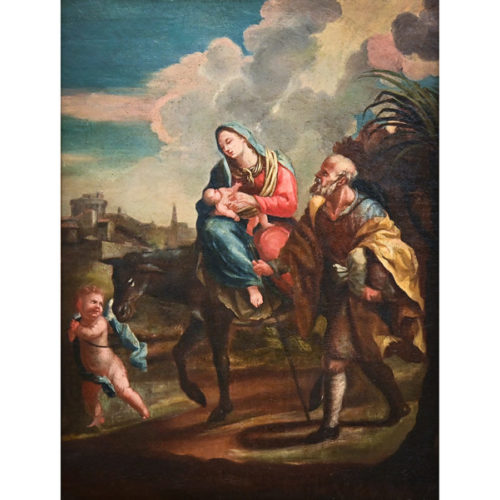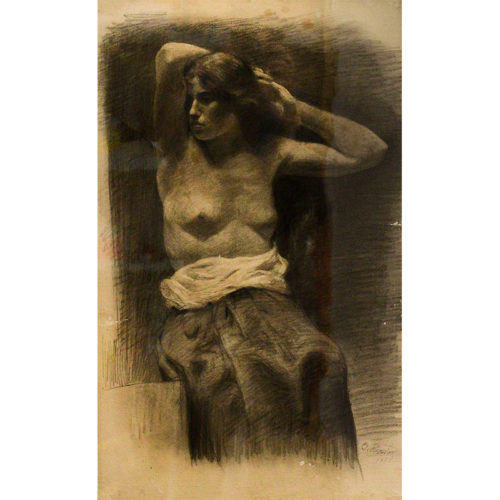Conversation in the woods, Venanzio Zolla (Colchester, 18 March 1880 - Turin, 10 August 1961). Oil painting on cardboard dating back to the early 1900s, signed on the lower left.
Period: Early 19th century
Measurements: In frame H 40 X L 35.5 / Table H 26.5 X L 22 cm
